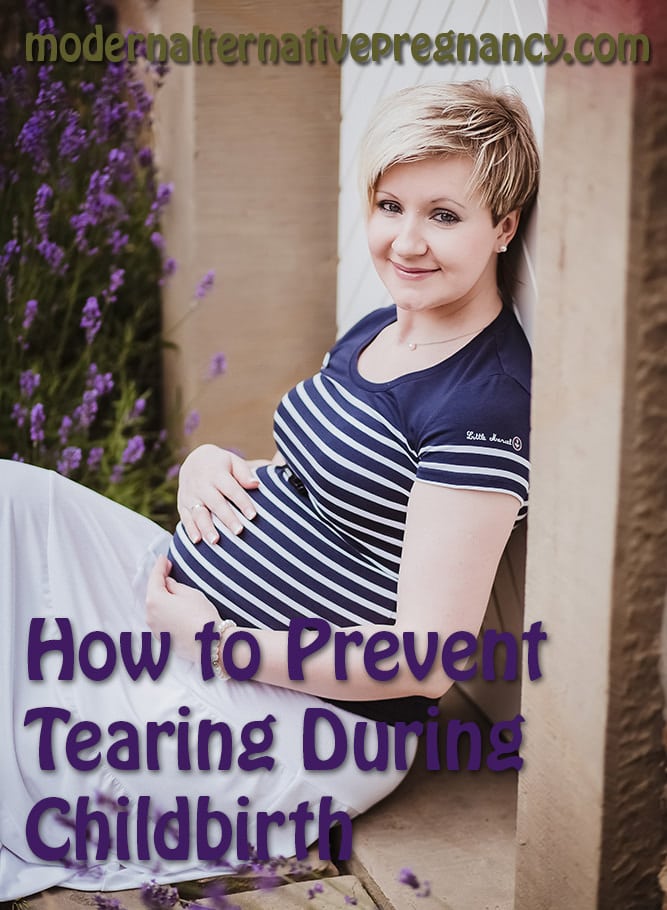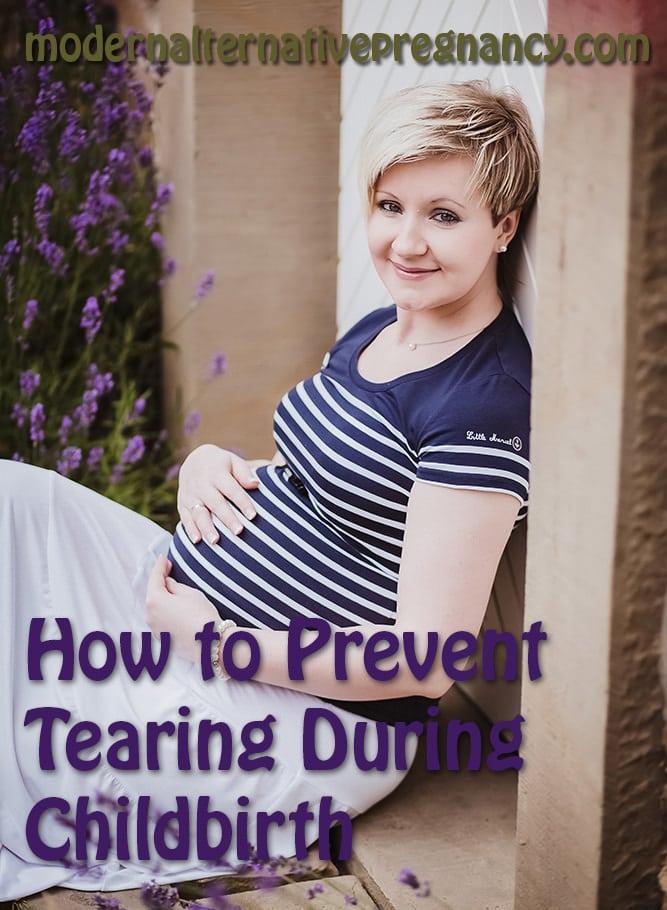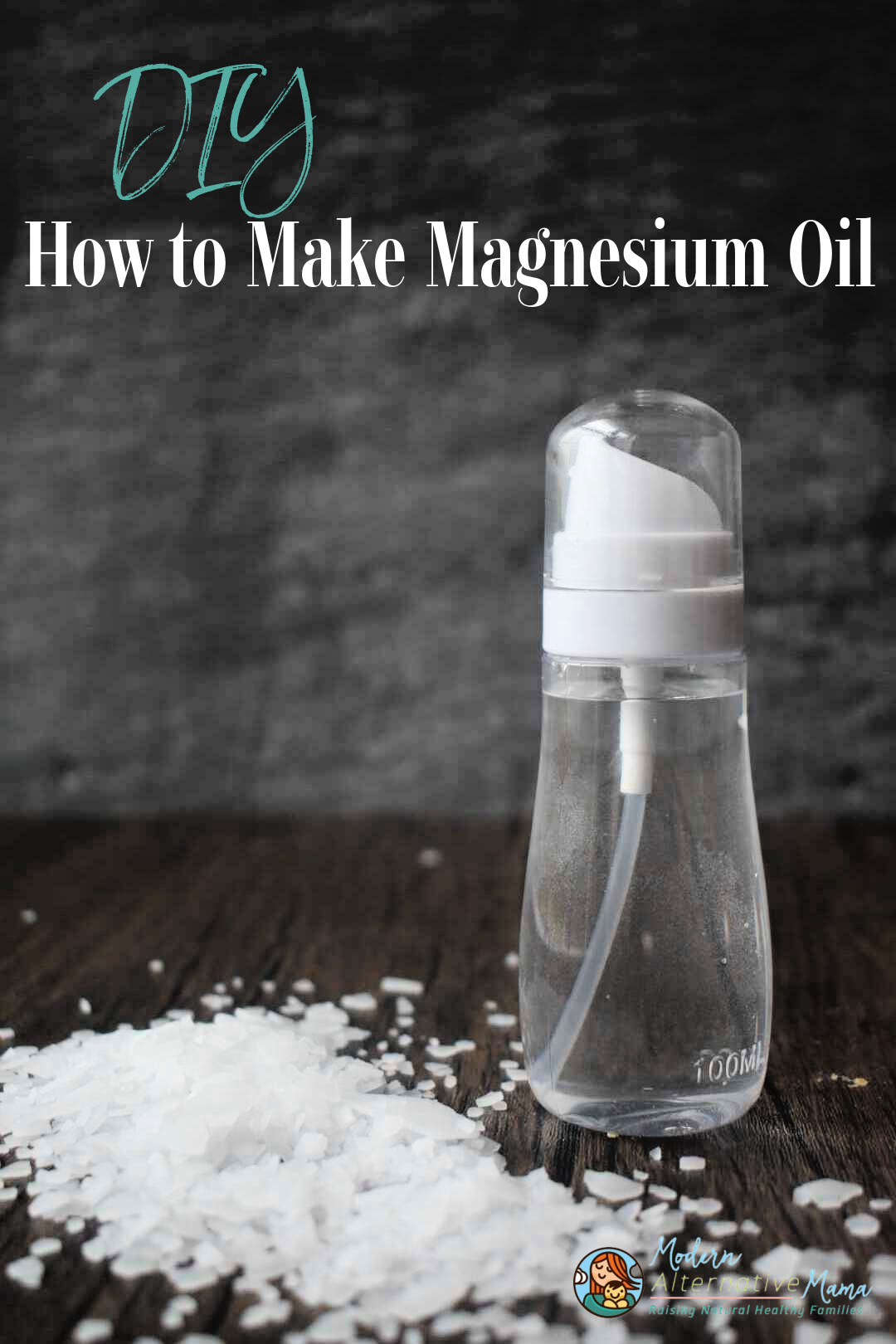
By Kristen, Contributing Writer
Research has shown conclusively that episiotomy (cutting tissues of the pelvic floor during birth) is not effective and make actually increase problems for mothers. As a result, far fewer women are being cut. The downside of this is that a lot of mamas are tearing during childbirth. Is this inevitable, or are there steps you can take to minimize or prevent tearing?
Sometimes tearing may be inevitable (and we know that tears heal better than episiotomy) – but you can take several practical steps to reduce the chances of tearing. I’ve had 7 babies and these steps have really made a difference during my baby’s births!
Good Nutrition is Essential
Preventing tears starts with the same foundation as a healthy pregnancy – your diet. Eating well during pregnancy is crucial for many reasons, but one of the biggest is to support your cardiovascular system.
Your blood supply increases about 60% to make sure that all the nutrients your baby, placenta, and uterus need are able to circulate. Plus, it helps keep your body well-nourished, including your tissues.
Healthy, nourished tissues are more supple than the tissues of a person who isn’t eating well.
Hydration is important, too. You don’t have to force yourself to drink a specific amount, but you should drink to thirst – and maybe just a bit more, “just in case.” If you’re feeling a lot of Braxton-hicks contractions (“practice” contractions) later in your pregnancy, it may be an indication you should drink more.
Following a good pregnancy diet is going to give you the nutritional foundation you need, but you should focus specifically on getting plenty of healthy fats in your diet. A “healthy fat” could be:
- Full-fat dairy products
- Butter
- Coconut oil
- Olive oil
- Palm oil
- Avocados, olives, nuts, and other whole foods
- Fat from animal products (such as light marbling on a steak)
- Oily fish like salmon
A good rule of thumb is “natural” – if it requires heavy machinery or chemical solvents to extract the fat (like most modern vegetable oils), it’s probably not healthy. If Great-Grandma couldn’t get it, don’t eat it!
These fats nourish your skin and tissues, which helps them stay healthy and flexible for birthing your baby. They also provide essential fatty acids for both baby’s brain and yours – bonus!
Listen to Your Body
It’s important to listen to your body during birth for so many reasons, but it’s especially important when you want to prevent tearing. Your body was made to give birth, and believe it or not, women weren’t made to give birth splayed open on top of a hospital bed! Your body is likely going to prompt you to use positions that are easier on the perineum (that’s the tissue between the opening of the vagina/birth canal and the anus).
Okay, I know I just said you were made to give birth – but for many mamas, birthing and even listening to our bodies is not an intuitive thing. I recommend that you take time now, while you’re pregnant (or even before getting pregnant), to start to pay attention to your body.
This doesn’t have to take a lot of time…
…it’s actually pretty simple to just gain the habit of being aware, or more mindful.
When you sit in a certain way, notice how you feel – are you tense? Relaxed? What positions make you feel more relaxed? We’re talking about birth here, so what positions make you feel more tense in your glutes (bum muscles), thighs, etc.? Does sitting spreadeagled on your back (or in a semi-squat) make your perineum feel stretched? Probably.
Baby is going to do some stretching no matter what position you pick, but choosing a position (like kneeling with both knees down or one down, one up – or even standing!) is likely to feel more relaxed.
Also pay attention to how you can consciously relax your lower muscle groups and tissues – practicing purposeful relaxation can help you release tension in those areas during your baby’s birth.
Build a Strong Pelvic Floor
It’s important to have strong pelvic floor muscles, because well-toned muscles work better during birth. Having tone in your pelvic floor also means more blood is circulating through your tissues, which keeps them soft and supple.
You’ve probably already heard about Kegel exercises, where you squeeze the muscles in your pelvic floor. I’m not against kegeling, but it’s not enough. Doing kegels is the equivalent of isolation exercises on other parts of your body. It may help a little, but it’s not going to give the overall tone you’re looking for.
The best exercise for pelvic floor strength and tone is the deep squat. At first it seems similar to the kegels – didn’t I just tell you that you don’t want to do one exercise???
But the squat is different – it’s a complex exercise that brings in multiple muscle groups, ligaments, and tissues.
Creating a habit of daily squats builds pelvic floor health – for life!
Remember what I said above, however, as you build squats into your daily routine… you also want to work intentionally with relaxation. Find a balance between toning and relaxing, and always stay aware of how tense or relaxed things feel. It will really help during your baby’s birth!
Massage Techniques
There are different massage techniques taught to prepare for birthing your baby. Perineal massage is the most commonly mentioned.
There are conflicting opinions on how much it actually helps to do perineal massage. Some reports say it helps, some say it does nothing at all.
The theory behind perineal massage is to rub the tissue of the perineum (remember, that’s the skin between the opening of the vagina/birth canal and the anus) and make it stretchier.
I’ll be honest – I don’t think it works.
There’s another type of massage, however, called the Internal Work from The Pink Kit Method. It differs in focus from perineal massage. The Internal Work is meant to help you gain awareness of tension and relaxation. It also helps you reduce long-lasting tension (such as if you went for regular massages to help reduce chronic neck tension).
I feel the Internal Work gives you an excellent opportunity to gain awareness, like I discussed above, and to practice conscious control of tension and relaxation in the pelvic floor tissues. The pushing stage has been much gentler for me after pregnancies were I really used the Internal Work – and I felt no “ring of fire.” My experience is (of course) anecdotal, but I feel it’s important to mention that deeply understanding this tension and relaxation is helpful!
Whose Hands?
One final step to minimizing – or preventing – tearing during birth is to keep all hands but your own away from you.
I know that midwives like to put warm compresses, etc. on the perineum with the sincere belief that it makes a difference for mamas. But research shows that ANY hands (be they supportive or pushy) either don’t help or actually cause harm.
The best perineum for your care provider to touch is their own – ask them to sit on their hands while you push your baby out!
Babies do not need to be supported, jerked, or pulled out. You can birth your baby in a flexible position (such as kneeling) and use your own hands to support and bring your baby up.
It’s fine (and even normal) for your baby to rest on the bed or mat below you for a moment after birth. Then you can bring your baby up. You really don’t need anybody to help pull your baby out!!
I do believe that having your own hands on your tissues while you birth is helpful. Feeling your baby’s head descend, supporting your baby, touching him/her, etc. helps you to connect with birth and to work with your baby.
Good positioning and focusing on working with your baby help you birth with awareness, and gentleness. It’s completely possible for you to push your baby out gently and on you own, while your care provider safeguards from a few feet away 😉
These practical tips will help you prepare for birth and push your baby out gently and easily. I cover all these principles and more in a full class on preventing tearing during birth: The Smart Mama’s Guide to Preventing Tearing – check it out!







Hi- sure would like the source for this research. “But research shows that ANY hands (be they supportive or pushy) either don
I was 22 when I had my first child, and I tore. About 18 months later I had my second, but didn’t tear at all. I credit Kegel exercises for that. My 3rd and 4th births had no tearing even though each subsequent baby was larger. I’d never heard the deep squats suggestion, I think I will add that to my regime.